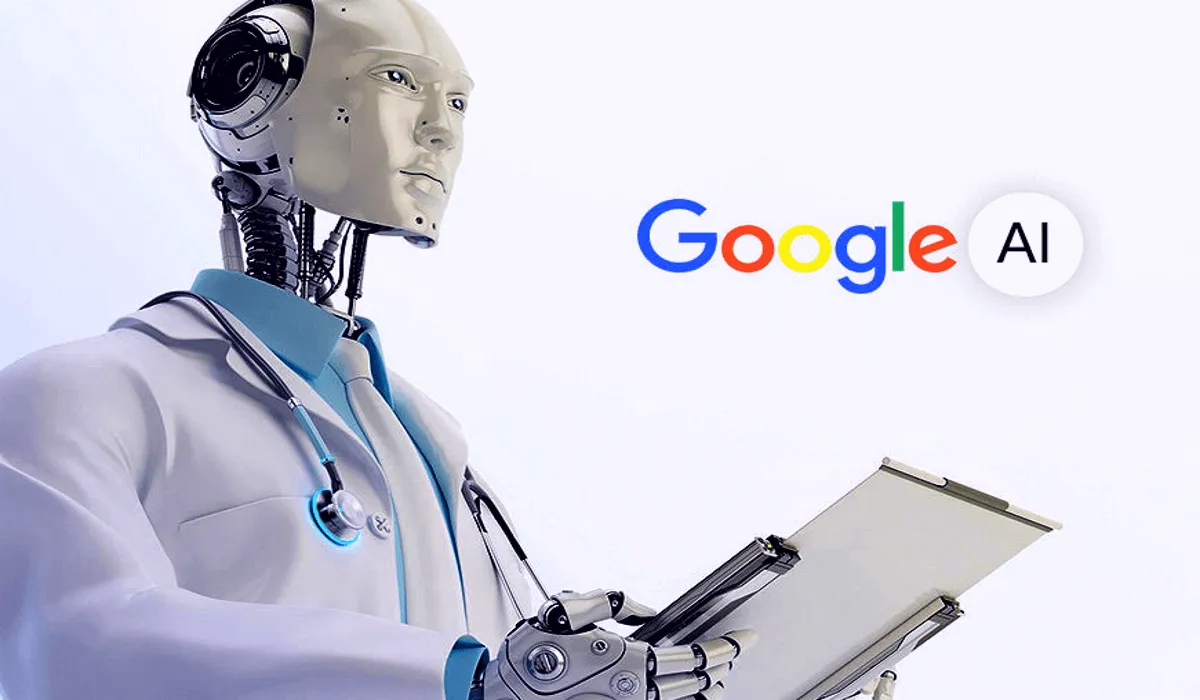TECH WORLD
5 ways Google Health is Using AI in Africa
Published
2 years agoon

Every day across Africa, people turn to Google products like Search, YouTube and Fitbit for insights about their health and wellbeing. But many may not know that we have also been researching how AI can help improve healthcare outcomes for people, and how AI can empower our partners to deliver better health services — from improving maternal health outcomes to building useful digital tools for healthcare workers.
To mark the upcoming Africa HealthTech Summit in Kigali, Rwanda — an event that brings together a diverse group of digital health innovators and public health experts to share knowledge and ideas to help transform the healthcare landscape in Africa — here’s how we’re working with partners across Africa to research and explore new AI-powered healthcare tools.
Read Also:
- Searching for skin conditions using images
Describing skin rashes or moles accurately using words alone can be challenging. Since earlier this year, users in the US and Japan have been able to use Google Lens to search for information about skin conditions with images instead of text. Now, this feature is being expanded to cover the entire African continent. People can simply capture a photo, upload it to Lens, and discover visually similar matches. This feature works well for those times where you’re not sure how to describe something on your body, like a bump on your lip, a line on your nails or hair loss on your head.
- Improving maternal health outcomes in Kenya
Ultrasounds are effective in identifying potential issues in early pregnancy, but capturing and interpreting ultrasound is a complex medical imaging technique that requires years of training and experience. Due in part to a shortage of experts, up to 50% of pregnant people in low-resource settings do not receive ultrasound screenings during pregnancy. In our paper published last year, we show that AI models can make ultrasounds more accessible to lightly trained ultrasound operators in under-resourced settings. Now, we’re working with Jacaranda Health, a Kenyan nonprofit focused on improving health outcomes for mothers and babies in government hospitals, to validate the use of AI in clinical settings. Through this partnership, we’ll conduct research to understand the current approach to ultrasounds in Kenya and explore how new AI tools can support point-of-care ultrasound access for pregnant women.
- Using Open Health Stack to build apps for healthcare workers
Across Africa, frontline health workers form a critical link between a community and the healthcare system. Unfortunately, they often face challenges around care coordination and data quality. To build mobile-first, technology-based healthcare solutions that enable better care, healthcare developers in Africa can now use Google’s Open Health Stack to build next-generation digital health tools. These tools make it easier to adopt the HL7 FHIR standard. To help upskill local developers, we partnered with Kabarak University and IntelliSOFT Consulting, to host our first Open Health Stack bootcamp in Kenya.
- Screening for tuberculosis using AI
According to the World Health Organisation, tuberculosis (TB) is the ninth leading cause of death worldwide, with over 25% of TB deaths occurring in Africa. While TB is treatable, it requires cost-effective screening solutions to help catch the disease early and reduce community spread. This year, Google partnered with an AI-based organization headed by Right to Care, a not-for-profit entity with extensive experience in TB care within Africa, to make AI-powered screenings widely available across Sub-Saharan Africa. Our partners have committed to performing 100,000 free AI-powered TB screenings during our collaboration.
- Supporting access to emergency obstetric care in Nigeria
According to recent estimates, though only 0.06% of annual global births occur in Nigeria; the country disproportionately contributes 28% of global maternal deaths every year,, and evidence shows that long travel times play a part in negative maternal outcomes. We recently released a tool in Nigeria, developed in collaboration with the OnTIME consortium, to help governments and public health organizations address challenges around accessing emergency obstetric care. By using Google’s internal directions API — the same API that powers navigation in Google Maps — decision makers can see data around average travel times to the nearest emergency obstetric facilities for different regions, which helps them better understand where expectant mothers may have limited geographic access to life-saving care.
Share this:
- Click to share on X (Opens in new window) X
- Click to share on Facebook (Opens in new window) Facebook
- Click to share on WhatsApp (Opens in new window) WhatsApp
- Click to share on Pocket (Opens in new window) Pocket
- Click to share on Telegram (Opens in new window) Telegram
- Click to email a link to a friend (Opens in new window) Email
- Click to share on LinkedIn (Opens in new window) LinkedIn
You may like


Nigeria Attains 70% Adoption Rate to Beat Global AI Usage


APPLY: NCAIR, Google Launch N100 Million AI Fund for Local Startups


Only 10% of Global Workers Possess In-Demand AI Skills


AI in Nigeria Hosts Artificial Intelligence Summit in Lagos


INSIGHT: 85% of IT Leaders See AI Boosting Productivity, But…


Google AI Service Bard Reaches 59 New Countries, 40 New Languages












